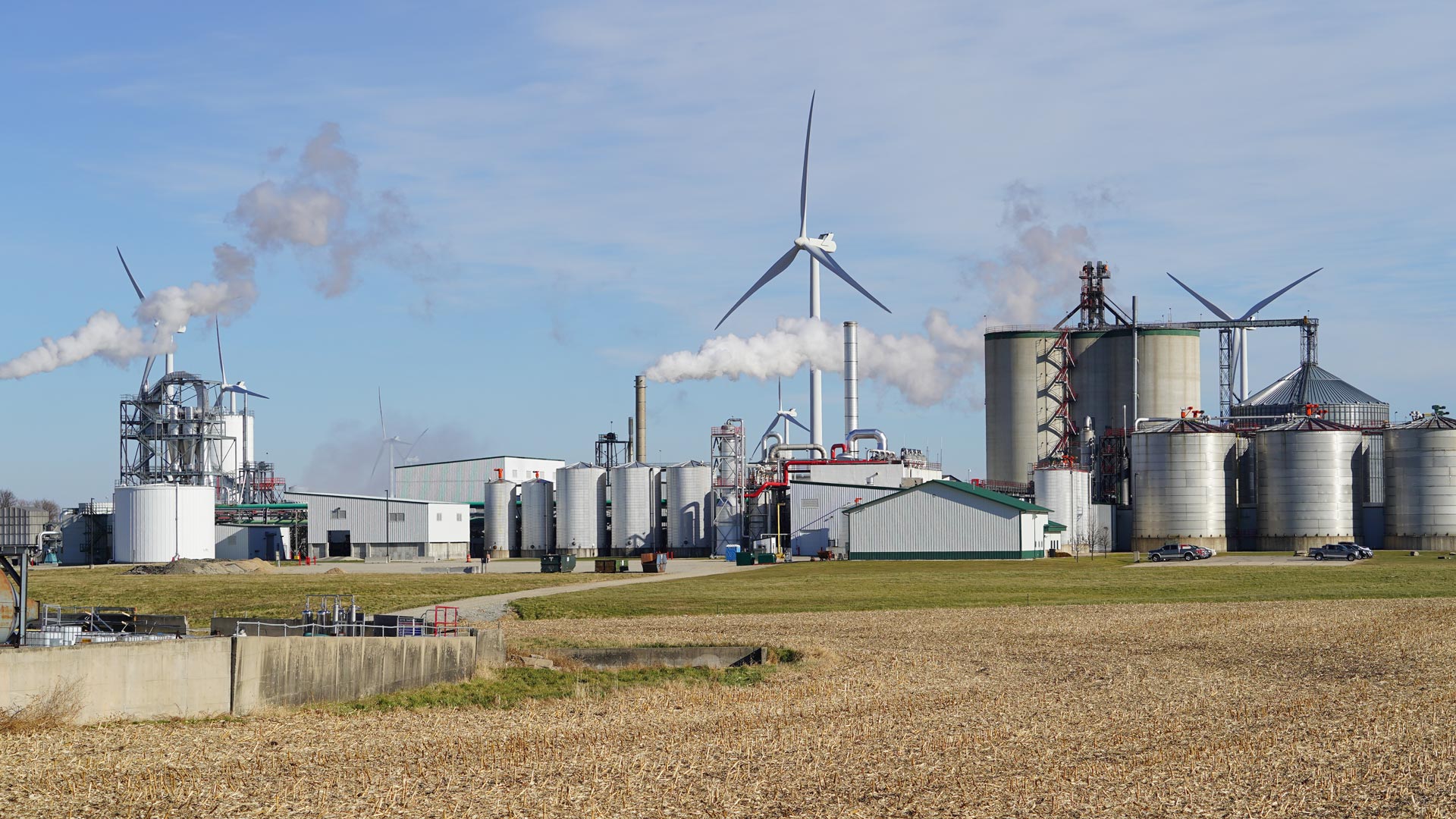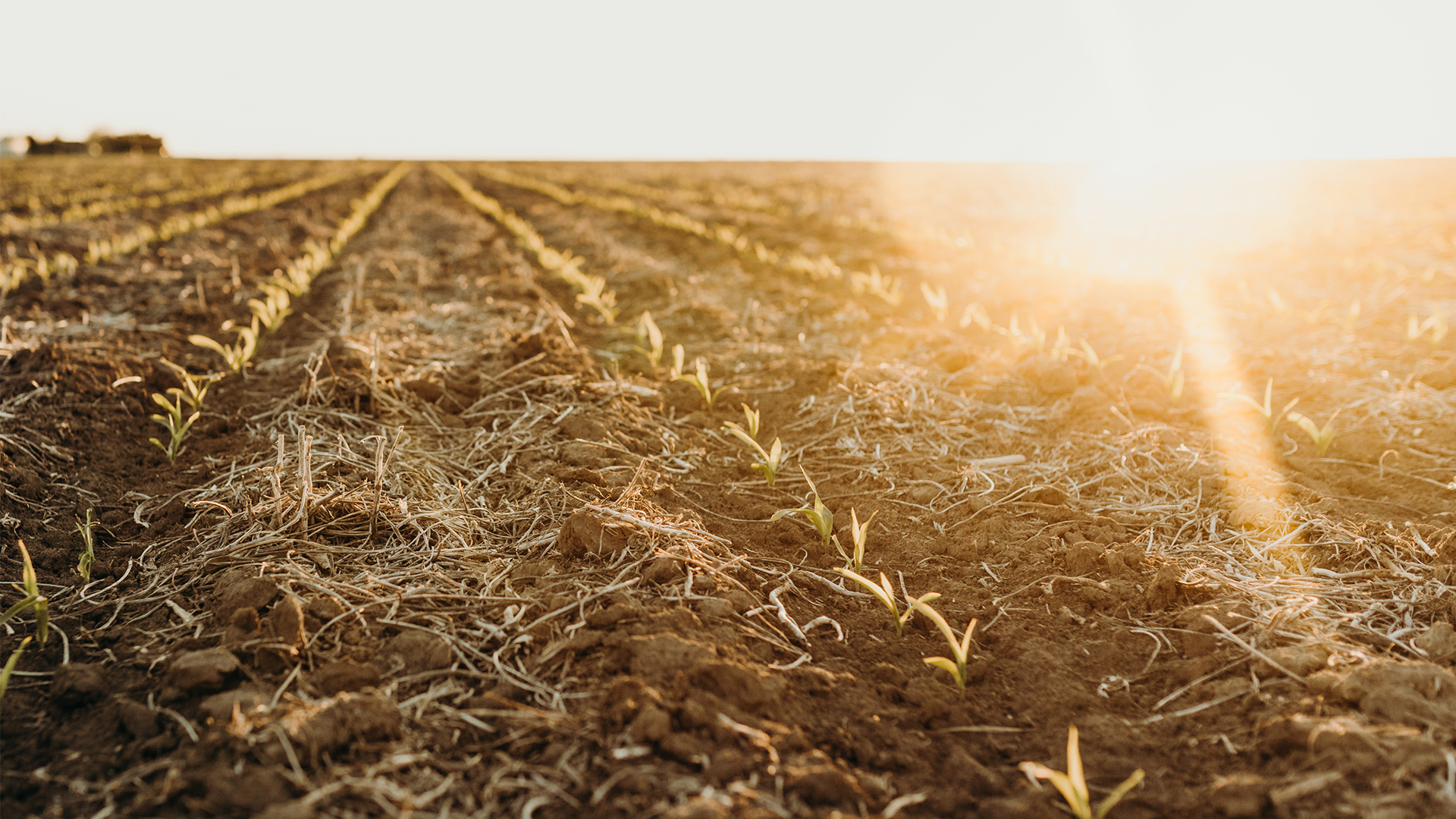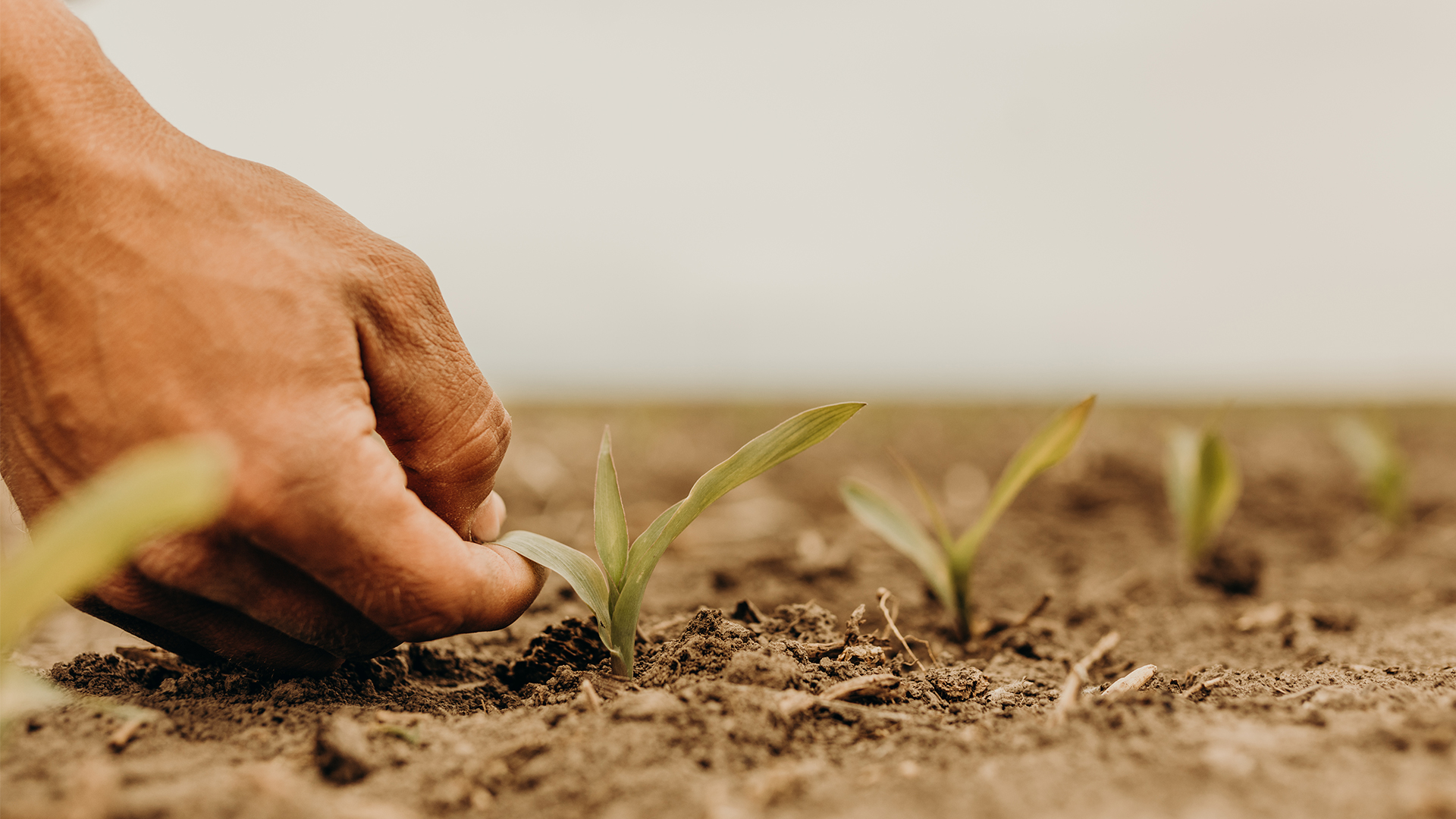Family farms are the foundation of the agriculture industry and local communities around the world.
The vast majority of farms in Nebraska are family owned and operated. Often, the same family has been farming and caring for the same land for decades—in some cases for more than 100 years.
One of those family farmers is Ted Schrock, the District 6 director of the Nebraska Corn Board. His family has been farming the same area of Phelps County near Holdredge for four generations. It’s soon to be a fifth, as Schrock’s son, Jacob, plans to join the operation after graduating from the University of Nebraska-Lincoln.
The family has approximately 450 mother cows that raise babies every year in addition to growing corn, soybeans, alfalfa and some wheat.
Schrock talked to Nebraska Corn about his family’s farming operation, how everyone works together and what he sees for the future.




